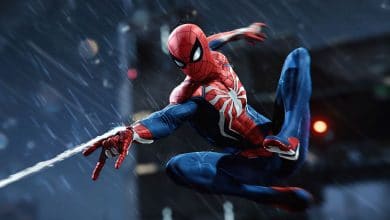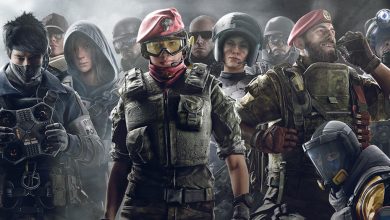Bioshock Infinite intrigues you consistently. Right from the bizarre conversation between your two escorts on a boat headed to a lighthouse off the coast of Maine, to your first hour in Columbia, the great city in the sky, without any untoward incidents. What sets it apart from most games is the sense of awe that comes from this intrigue. It is the hallmark of the greatest games that have been made over the years, be it through their storytelling or gameplay or the world that the game exists in. It is to Bioshock Infinite’s credit that it does all these spectacularly, and in most cases, soars high above the original Bioshock, much like Columbia.
Let’s talk about Columbia first. Unlike Rapture, you find Columbia at its peak. As you walk around the city while it celebrates its Founder’s Day, you will be constantly amazed by the imagination and the degree of detail that has been put into it. Glorious statues and towering buildings float in the sky, coming together and moving apart at will. You see the widespread prosperity as well as a nagging sense of depravity that has crept into a society led by a man who believes him to be the hand of God. You see many of the demons that plagued that western society, and many that still do.
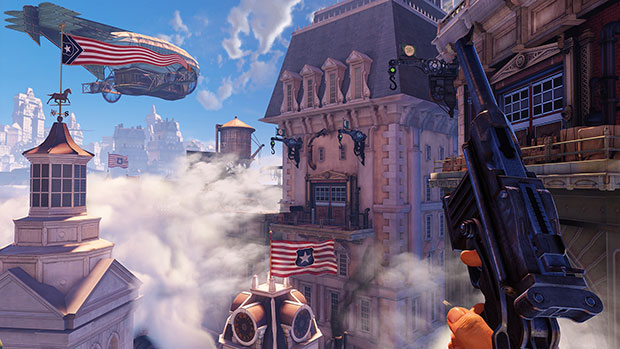
It spends a fair amount of time exploring racism, religion and jingoism and their avatars at the turn of the previous century.
Bioshock Infinite explores many ideas, exceptionalism being one at the forefront. It spends a fair amount of time exploring racism, religion and jingoism and their avatars at the turn of the previous century as well. It handles all these topics with a degree of maturity that is only found among the top tier of movies and literature. Ken Levine’s proficiency in handling such subjects is well documented. The game never shies away from showing the other side of the coin, and never stutters while proclaiming that it can be equally ugly. When things go awry and Columbia is plunged into Civil War between the Founding Fathers led by Father Comstock and the Vox Populi, the voice of the common folk led by Daisy Fitzroy, you would be hard pressed to choose a side.
And neither does the game thrust its ideas through long drawn exposition. Instead, these ideas are embedded in the world around you. You’ll see it in propaganda posters, and hear it in the dulled murmurs of the downtrodden, and in the high mindedness of the ruling elite. Many locations, such as the memorial to John Wilkes Booth, bring out the twisted, candy-coated persona of Columbia.
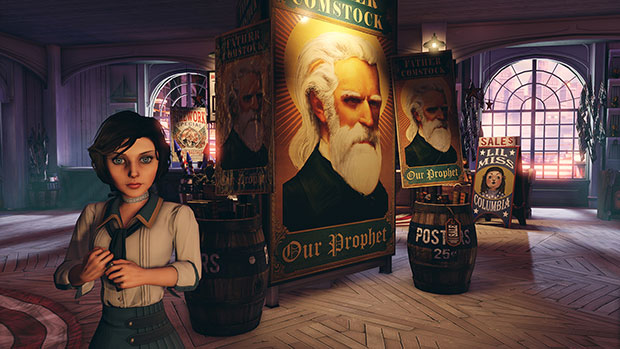
So where do you stand in the middle of all this? As Booker DeWitt, your task is to “Bring us the girl, and wipe away the debt”. The girl in question is Elizabeth, the daughter of Father Comstock. She is the prophesised leader of Columbia, one who would bring divine judgment upon the World below, and is locked away in a tower that you must break her out of and escape the city.
It is, in fact, the story of Booker and Elizabeth that is the highlight of Bioshock Infinite.
It is, in fact, the story of Booker and Elizabeth that is the highlight of Bioshock Infinite. They meet as strangers, are forced to work together and trust each other, and over the course of the game, they genuinely go on to care for each other. The magic of Bioshock Infinite comes in the form of the smaller moments of their journey amidst the grandeur and the ruminative nature of the overall narrative. Moments such as the joy of freedom that Elizabeth feels as she dances among strangers, asking Booker to join in; or a short hiatus where Booker picks up a guitar and strums along as Elizabeth sings to a little boy. Even moments when Elizabeth tosses a health pack to Booker in the middle of a firefight when you are running low on health go a long way towards highlighting the ever-growing chemistry between the two.
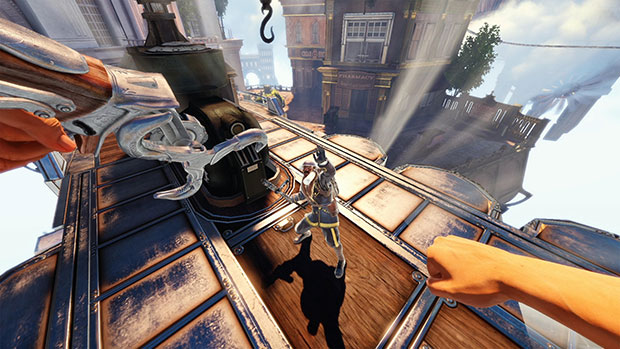
During combat, Elizabeth never gets in the way, and is helpful by tossing ammunition, health packs, and salts
This also makes Elizabeth one of the finest sidekick-slash-NPC in recent times. During combat situations, she never gets in the way, and is helpful by tossing ammunition, health packs, and salts (to power Vigors, Infinite’s version of Plasmids) when they are needed most. Elizabeth also brings a strategic advantage to battles in the form of tears; her ability to reach out into other dimensions or timelines and bring in other things. Combat areas generally have multiple options, such as cover, automated turrets, weapons, and health kits that Elizabeth can bring in with just a press of a button.
The other aspects of Booker’s offensive capabilities are the same as the previous entries in the series: guns and the aforementioned Vigors that give Booker special abilities. Most of them function the same way as the plasmids did in Bioshock. Murder of Crows allows you to send a swarm of crows to your enemies to stun them for a few moments. Bucking Bronco is a powerful vigor that tosses your enemies in the air and incapacitates them. Combine this with a maxed out shotgun and the damage can be brutal.
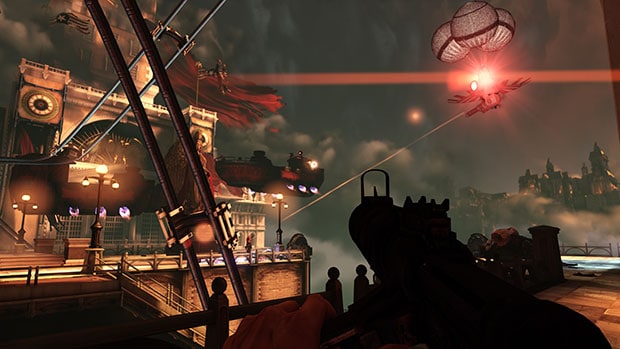
Wide-open spaces, and the rails to grind and travel to different sections (in both horizontal and vertical space) allow for multiple strategic options.
The freedom to discover your own play-style has always been the hallmark of the series. With Infinite, the designers had the advantage of open spaces and verticality to exploit. This has been done very well in Bioshock Infinite, with wide-open spaces, and the rails to grind and travel to different sections (in both horizontal and vertical space) allowing for multiple strategic options for the player. However, the one place where Infinite falls short of the original is in its enemies. While they are more than capable of bringing aggression and excitement to battles, they lack the iconic persona of the Big Daddy. None, including the Motorized Patriots who charge you, spewing bullets, and the incredibly tough Handyman, inspire the dread that a charging Big Daddy did. The only terrifying enemy in the game is the Songbird, the mysterious flying protector of Elizabeth, who relentlessly chases Elizabeth and Booker through the game in a bid to return her to her tower.
The same problem comes across with the narrative to a certain extent. While support characters such as Father Comstock, Daisy Fitzroy and Jeremiah Fink are written well and do their part admirably, Elizabeth and Booker are such a large part of the story that the others can feel a little insignificant, unlike some truly fantastic support characters that you met in Bioshock.
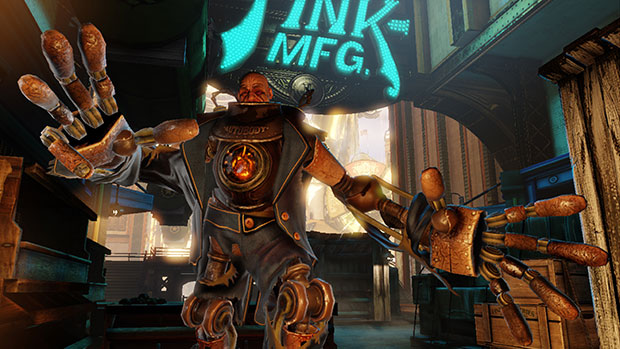
Conclusion
But the truly spectacular story all the way to its astonishing conclusion, coupled with frantic and highly enjoyable gunplay raises Bioshock Infinite high above (pun intended) its predecessors. It tells an ambitious story, one that finds its core in great ideas – scientific, philosophical and even religious – and succeeds so well at it that it could leave you reeling. It’s a story that will challenge you, confound you, and amaze you all at the same time. It will make you laugh, think, and care. Most of all, it will inspire you, and very few tales, video games or otherwise, can claim that ability.
Now would you kindly play Bioshock Infinite?



